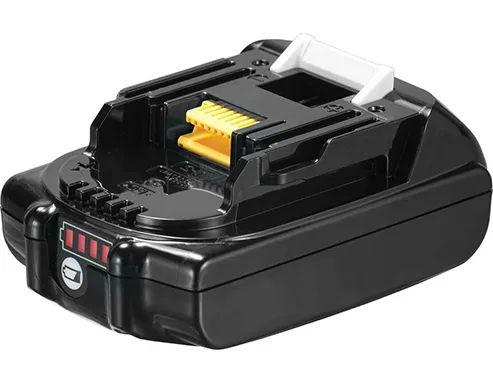Together for An Electric Future.
A power tool battery is essential in using cordless power tools. These said tools are literally heavy, electrical pieces of equipment. In time, cordless power tools have been more demanded and equally made available. With regards to their batteries, some add bulk and weight while other batteries are lighter. Power tool batteries come in many forms, and there are three major types: NiCd or Nickel- Cadmium, NiMH or Nickel Metal Hydride, and Li-Ion or Lithium-Ion.

When you are shopping for a cordless tool, you will notice that you are bombarded with different battery specifications.
The most common specifications that are all over the packaging and marketing materials are:
The memory effect occurs when a battery is constantly partly drained, then charged without being allowed to fully discharge. The name comes from the fact that the battery remembers how much of its charge was drained before being charged and then uses the shorter charge period as its new capacity.
Not all batteries suffer from the memory effect.
Cycle life is a measurement of how many times a battery can be charged before losing the ability to retain energy.
For example, Li-Ion batteries in cordless tools generally have a cycle life of 300-500. So theoretically you could charge a Li-Ion battery at least 300 times before it would need to be replaced.
After a cordless tool battery has been charged, if the battery is not used immediately it starts to slowly lose its charge. Some battery technologies have a much faster self-discharge rate than others.
Keep in mind that a faster self-discharge rate is not always bad – if your tools are never stored away for long periods between use then you probably won’t care about the self-discharge rate at all.
Self-discharge is measured in percentage of charge lost per month.
A deep discharge is allowing the battery to completely drain of energy through use. This can be problematic for some battery types (not all) and can severely reduce the batteries cycle life and capacity.
On the flip side, there are some battery types that should periodically be allowed to deep discharge in order to maintain a healthy battery.

For more information about power tool batteries, please do not hesitate to contact us.